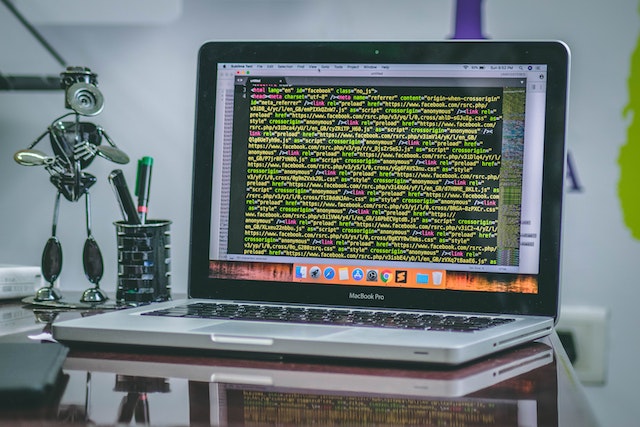In an age where technology continues to make strides, the intermingling of exact science and programming is inevitable and beneficial. This synergy enables scientists to create more precise models, simulate complex systems, and make breakthrough discoveries. In this article, we will explore the confluence of these two domains and the transformative impact it has on the scientific community.
At the most basic level, do my programming homework and scientific processes are similar in that both involve the manipulation of variables and data. It is then no surprise that the two disciplines often work together. For example, scientists may use programming to create a simulation model of a complex system. The details of the model can be fine-tuned by altering the code and observing the effects via data analysis. Programming can also be used to hone the accuracy of analytic algorithms and to develop efficient data processing.
Introduction to Exact Science and Programming
Exact science refers to fields like physics, chemistry, and mathematics, which rely on rigorous methodologies to investigate natural phenomena. These disciplines involve quantifiable data and mathematical models to explain observations. On the other hand, programming involves writing code to execute algorithms and manipulate data. When exact science meets programming, scientists can create simulations, analyze large datasets, and develop predictive models with greater accuracy and efficiency.
Programming and exact science collaborate to study various phenomena and develop technologies. For example, machine learning algorithms are used to analyze data from a variety of sources. These algorithms are based on mathematical models, which are tested and refined using programming. Similarly, numerical methods such as finite element analysis are used to simulate physical systems, which require precise calculations and programming. Additionally, artificial intelligence programs are increasingly relied upon to make accurate predictions and perform complex tasks.
Simulation and Modeling at the Crossroads
One of the key applications of programming in exact science is the creation of simulations and models. For example, physicists use programming to simulate particle interactions or model the behavior of galaxies. Programming languages like Python, MATLAB, and C++ are widely used for their powerful libraries and frameworks that make building scientific models easier and more efficient. Through programming, scientists can recreate intricate systems on a computer, enabling them to study events that are too large, too small, too fast, or too slow to observe in real life.
Data Analysis and Interpretation Enhanced
Exact sciences often involve dealing with massive amounts of data. Programming is an essential tool in the analysis and interpretation of this data. For instance, biochemists use programming to analyze genetic sequences. Tools like R are used for statistical analysis, helping scientists make sense of complex datasets. This capacity to handle and analyze large datasets expedites discoveries and innovations in exact sciences. Moreover, it allows for the extraction of meaningful patterns and relationships from data, which can be critical in hypothesis testing and theory building.
Computational Optimization in Scientific Research
Efficiency in computation is critical in scientific research. Exact sciences often require solving complex mathematical problems, which can be computationally intensive. Programming helps optimize these computations. Algorithms and techniques like parallel processing can significantly reduce the computation time for complex problems. Additionally, programming enables the automation of repetitive tasks, freeing up scientists to focus on critical thinking and analysis. This computational optimization is especially vital in fields like quantum mechanics and meteorology, where real-time data processing is essential.
Education and the Next Generation of Scientists
As programming becomes more entrenched in exact sciences, education in these fields is evolving. Modern scientific curricula increasingly incorporate programming, preparing the next generation of scientists for a data-driven world. Educators use programming to create interactive models and simulations, which make learning more engaging and effective. For aspiring scientists, programming is not just a supplementary skill but a fundamental tool for investigation and discovery.
The intersection of exact science and programming is a testament to the dynamic and symbiotic relationship between these domains. Through simulation and modeling, enhanced data analysis, startup.info computational optimization, and educational evolution, this alliance is pushing the boundaries of what is achievable in scientific research. For current and future scientists, embracing the synergy between exact science and programming is imperative. This integration holds the key to unlocking new dimensions in scientific discovery and innovation, driving progress in an increasingly complex and interconnected world.
